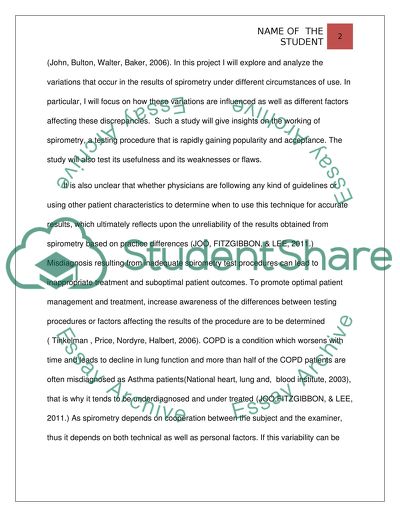Cite this document
(“Diffences in the Spirometry Results Essay Example | Topics and Well Written Essays - 4000 words”, n.d.)
Retrieved from https://studentshare.org/nursing/1441727-research-proposal-on-the-diffences-in-the
Retrieved from https://studentshare.org/nursing/1441727-research-proposal-on-the-diffences-in-the
(Diffences in the Spirometry Results Essay Example | Topics and Well Written Essays - 4000 Words)
https://studentshare.org/nursing/1441727-research-proposal-on-the-diffences-in-the.
https://studentshare.org/nursing/1441727-research-proposal-on-the-diffences-in-the.
“Diffences in the Spirometry Results Essay Example | Topics and Well Written Essays - 4000 Words”, n.d. https://studentshare.org/nursing/1441727-research-proposal-on-the-diffences-in-the.


